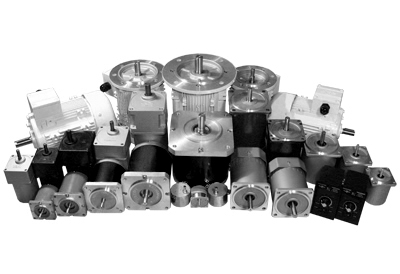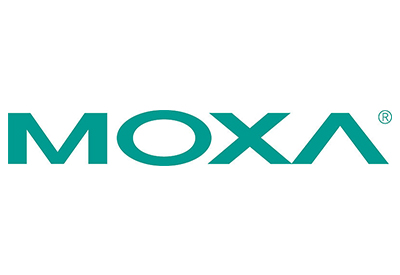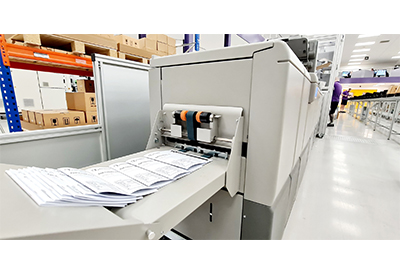Efficiency and Connectivity key Considerations in the Future of Drive Systems

January 9, 2019
By Blake Marchand
Electric motors account for approximately 53% of the world’s electricity use, and at least 90% (International Electromechanical Commission) of all electricity consumed within industry itself. With that in mind, it doesn’t take long to conclude that efficiency will be, and is, a key consideration for manufacturers in reducing overhead, as well as their overall carbon footprint.
“As a result,” explain Orlowska-Kowalska and Dybkowski in their market report, “one can state that current development trends are and will be strictly connected with drive energy efficiency, electric power quality and influence on the environment” (Orlowska-Kowalska, Dybkowski, 8).
While reliability, for the obvious reasons, remains the prominent factor in selecting electric drives, efficiency and connectivity should not be overlooked. Efficiency standards implemented by governments around the world “means that in the near future most machines used in industry will be equipped with a variable frequency drive with a possibility of angular speed regulation even when a technological process does not require this type of algorithm” (7).
The report ultimately concludes that, “there is no doubt that in most industrial applications the future will belong to AC motor drives fed by frequency converters with network converters and voltage converters made using smart power modules controlled by the MSI method.” However, the report does not specifically account for power loss from AC/DC conversion, so perhaps more research is required to definitively determine the benefits.
The ability to control VFDs (Variable Frequency Drives) remotely increases their benefit with respect to both  efficiency and associated maintenance costs. As IIoT connectivity capabilities increase, so to do the possibilities of preventative maintenance that will allow manufacturers to decrease down time between repairs, as well as costs associated with those repairs. Ultimately, increasing the lifespan of their drive systems. The ability of drive systems to work smarter, rather than harder, also opens the door for increased output without the added strain on the drive system.
efficiency and associated maintenance costs. As IIoT connectivity capabilities increase, so to do the possibilities of preventative maintenance that will allow manufacturers to decrease down time between repairs, as well as costs associated with those repairs. Ultimately, increasing the lifespan of their drive systems. The ability of drive systems to work smarter, rather than harder, also opens the door for increased output without the added strain on the drive system.
Research And Market’s 2017 report Global Electric Drives Market 2017-2021, agrees that, with respect to efficiency and IIoT, “The current market trends are favorable for AC drives because AC motors are more energy efficient than DC motors and do not have unreliable commutators.”
The IEC adds that, “The focus on motor efficiency has shifted from the product ‘motor’ to the ‘Motor Driven Unit’ which is the system consisting of the motor control with a variable frequency drive, the motor itself, the mechanical equipment and the driven application (pump, fan, compressor, etc.),” meaning that the entire motor system is being taken into account when looking at efficiency. This perspective benefits AC motor drives. Another factor for the prominence of electric drives in general is the growing demand for IoT technologies.
The embedded microcontroller chip cuts out the uncertainty of external sensors creating a direct connection through the internet, increasing the possibilities of predictive maintenance. The emergence of IoT/IIoT in accordance with the continued prominence of electric drives will allow manufacturers a high level of certainty on their maintenance schedules, and the overall life-expectancy of their equipment.
In future applications market trends suggest that sensorless drives will be used in manipulators and industrial robots, while direct measurement in this context, “will be replaced by reproduction of state variables using algorithmic and/or neural estimators with high tolerance to changes and erroneous identification of motor parameters.” (23)
Construction and automation – particularly relating to oil and gas, food and beverage, and pulp and paper are the industries that will hold the largest share of AC drives’ prominence, while in terms of region, Asia-Pacific is the fastest growing market. And that prominence is initiated by the region’s emphasis on energy efficient policy. As traditional energy sources like oil and gas have quantity limitations that equating to higher prices countries will look at efficiency as a new energy source, meeting their increasing energy demands by altering the way they consume their resources.
 Ultimately, the future of drives will belong to those that maximize efficiency, connectivity, and safety. As a result, it appears as though DC drives will be incrementally unable to compete with their AC counter parts. And thus, “while the market growth of DC drives remained almost flat in recent years, the market for AC drives is expected to see linear growth.”
Ultimately, the future of drives will belong to those that maximize efficiency, connectivity, and safety. As a result, it appears as though DC drives will be incrementally unable to compete with their AC counter parts. And thus, “while the market growth of DC drives remained almost flat in recent years, the market for AC drives is expected to see linear growth.”
In addition, Field Oriented Control makes it possible for AC drives to match the performance of DC drives across a wide speed range without compromising the life-span or reliability of the drive. In this respect, the advantage DC drives have over AC drives in high output applications may decrease in the coming years. In the past, the benefits of AC motors could not outweigh the performance of DC motors, particularly for applications requiring a high level of output. Technological advancements encompassing the entire drive system, as well as efficiency regulations for drive systems rather than just motors, have closed the performance gap for many applications.
The prominence of AC motors and drive systems has also been pushed forward by advancements in automation, which requires a more complex drive with significant computing power. Motor drives can be thought of as 80% drive and 20% services, the future of drives will close that gap significantly as industrial connectivity increases.
As industrial automation continues to become more complex, and IIoT continues to create more interconnection, electric motor drive systems will be required to process and simplify a high level of complexity and connectivity. In addition to being able to achieve higher levels of energy efficiency.
Sources:
Dybkowski, Mateusz; Orlowska-Kowalska, Teresa. Industrial Drive Systems: Current State and Development Trends. Power Electronics and Drives. Vol. 1 (36), No. 1. 2016.
Matsuse, Kouki; Matsuhashi, Daiki. New Technical Trends on Adjustable Speed AC Motor Drives. Chinese Journal of Electrical Engineering. Vol. 3, No. 1. June 2017.
https://www.iec.ch/perspectives/government/sectors/electric_motors.htm
https://www.marketsandmarkets.com/PressReleases/ac-drives.asp







